Education + Resources
Learning about stormwater management can help keep our water clean and improve the health of the citizens and wildlife of Nebraska. At Nebraska H2O, we want to help raise awareness through education and easy access to the resources you need to make improving our overall water quality easy.
General stormwater education and information
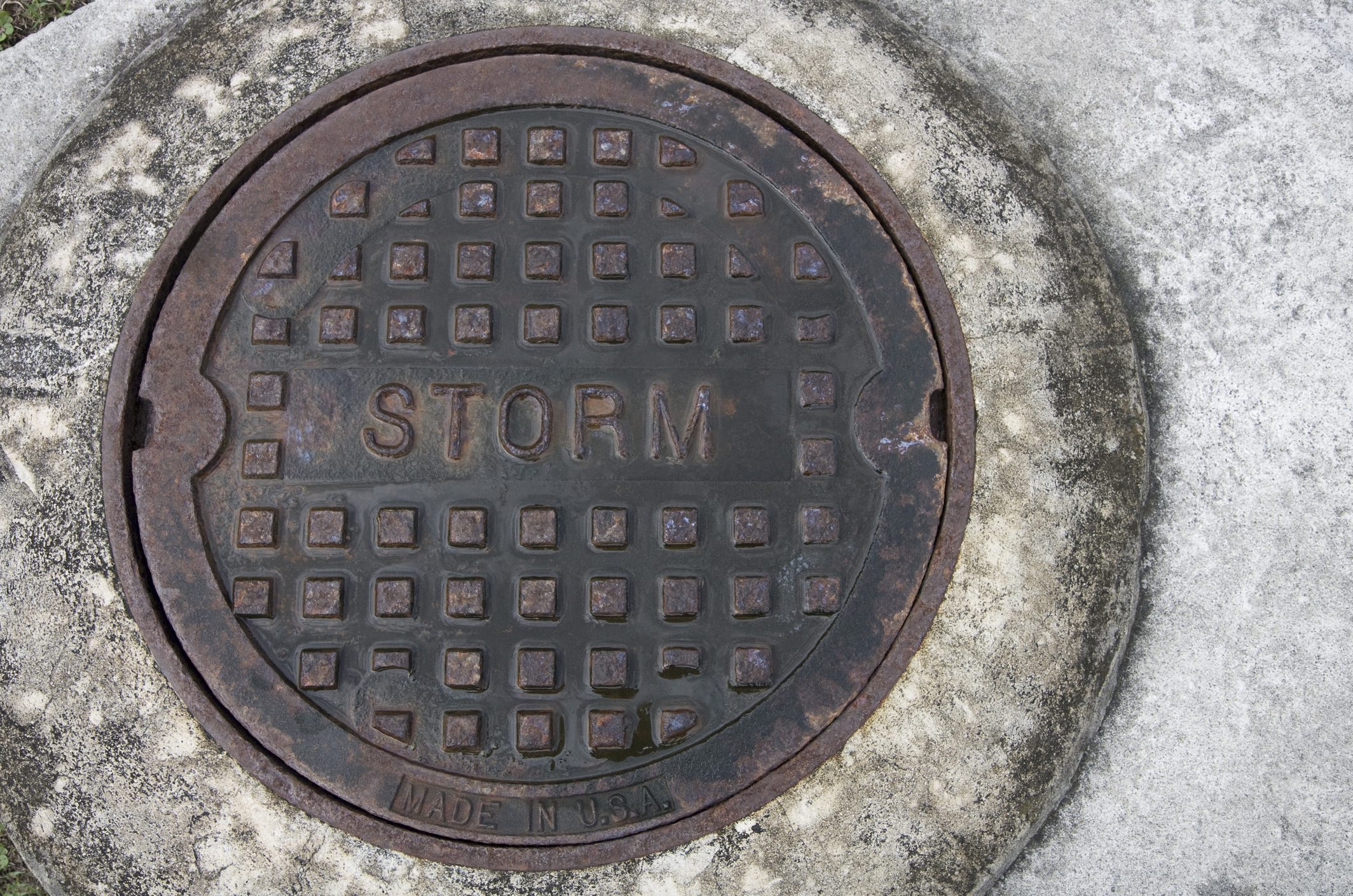
MS4 vs. Sanitary Sewer
A Municipal Separate Storm Sewer System (MS4) is designed strictly to gather stormwater and send it out to local rivers and streams without any kind of treatment. It’s separate from the sanitary sewer system that carries wastewater from home and businesses to a sewage treatment facility or a private septic system. An MS4 is a publicly owned system that has streets, curbs, gutters, catch basins, ditches, storm drains, retention basins, and underground pipes.

Combined Sewer System CSS
Ideally, sanitary sewer systems are separated from stormwater systems; however, there are some areas that run them together, referred to as combined sewer system (CSS), that run all stormwater, human and industrial sewage to the treatment facilities. During heavy rainfall events or snowmelt, the volume of wastewater can exceed the capacity of the CSS or treatment plant, causing the untreated stormwater and wastewater to discharge directly to nearby streams, rivers, and other water bodies. This is a combined sewer overflow (CSO).
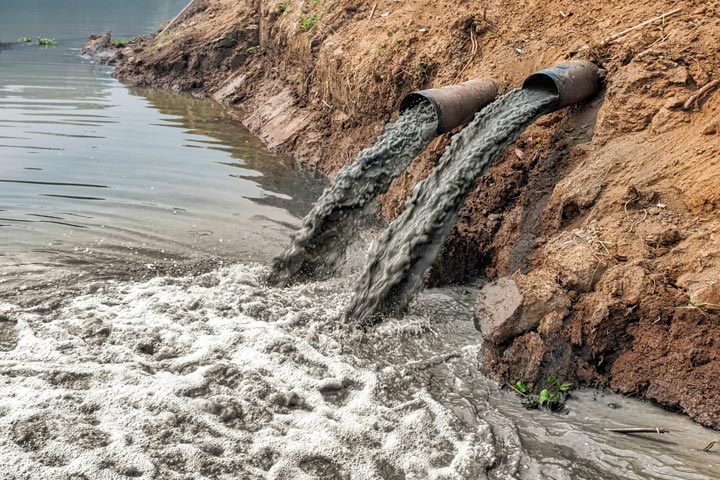
Nonpoint source pollution
When pollution comes from multiple sources, it’s referred to as nonpoint source pollution. This type of pollution can include:
- Excess fertilizers, herbicides and insecticides from agricultural or residential areas
- Oil, grease and toxic chemicals from urban runoff and energy production
- Sediment from improperly managed construction sites, crop or forest lands and eroding streambanks
According to the EPA, states report that nonpoint source pollution is the leading remaining cause of water quality problems in US surface waters.
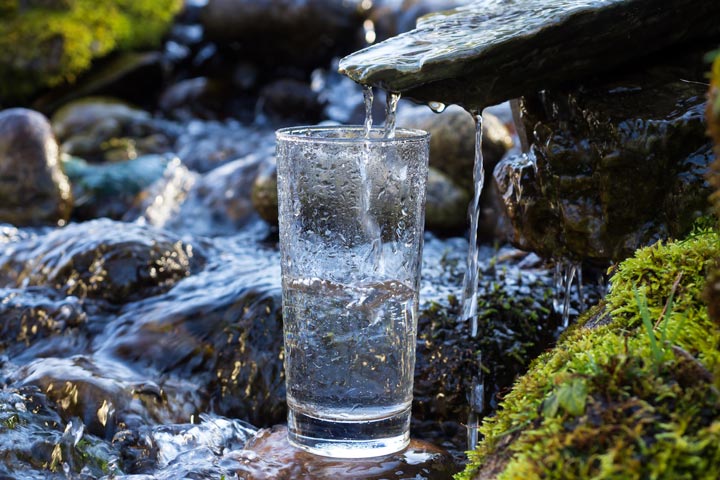
Clean Water Act
The Clean Water Act, enacted in 1948 and amended in 1972, has established the basic structure for regulating the discharge of pollutants into U.S. waters as well as regulating quality standards for surface waters. With the CWA, the United States Environmental Protection Agency implements pollution control programs and develops national water quality criteria recommendations. The CWA makes it unlawful for any point source to discharge pollutants into navigable waters without a permit.
For more information about permits and regulations, reach out to our team at Nebraska H2O or visit the Nebraska Floodplain and Stormwater Managers Association website.
Public Resources
Find links and information for everything you need for stormwater management, from government entities to information for permit applications.
Stormwater management supports a green lifestyle
Proper stormwater management can have a positive effect on the environment and there are many different ways you can do this on your own – landscaping with native plants and trees, better waste disposal practices, and water reuse are just a few.
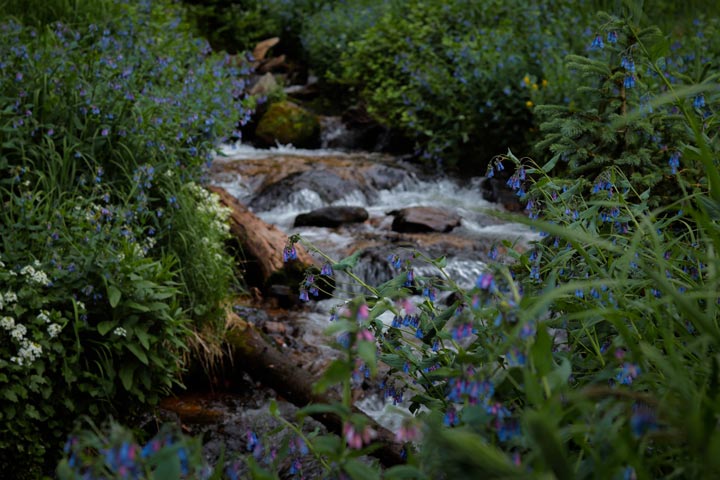
Plants
Thoughtful landscaping can help easily manage stormwater while being great for your local environment.
Using plants that are native to the region means you have to use less water and chemicals for them to thrive, they are hardier against diseases, they provide a better habitat for area insects and animals, and they create a distinct sense of place. Plants use the water from rain to thrive, soaking it into their roots, and having plenty of trees helps reduce stormwater runoff through what’s known as evapotranspiration.
During this process, trees are capturing and storing rainfall in the canopy that is later released as water back into the atmosphere. Tree roots and fallen leaves also promote soil conditions that are better for infiltration of rainwater into the soil.
Tree and native landscaping resources:

Water conservation and reuse
Conserving water can be a simple task in your own home with the right approach. If you’re planting a garden, look into creating a rain garden that will take advantage of the water you normally want to direct away from your home. For those who have flowers and gardens that require regular watering, consider installing a rain barrel for easy water harvesting. Your plants will be happy getting the water they need, and you’ll enjoy the savings on your water bill, too. In addition to using rain barrels, gray water can be used to water certain plants in and around your home, like fruit trees and landscaping. If using gray water, it’s important to not use it on root crops or edible crops that touch the ground, and do not use any wastewater from toilets, kitchen sinks, dishwashers or laundry water that had soiled diapers as these may contain bacterial contaminants, grease or other detergent residues that are harmful to plants.
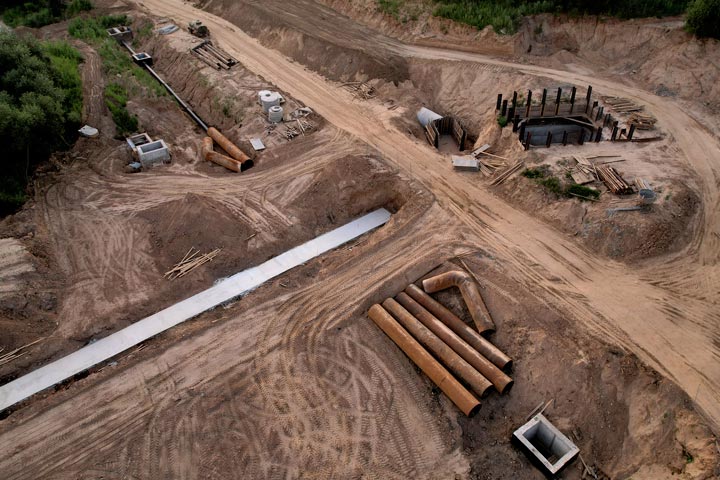
Construction and post-construction stormwater
There are a variety of Best Management Practices (BMPs) for erosion control, waste management, and material storage. Resources to assist company leaders in ensuring their methods are correct include:
- CSI
- Stormwater Pollution Prevention Plan (SWPPP) Preparer Certification
- City of Lincoln BMP Guide
- City of Denver Urban Drainage Manual Volume 3 (BMPs)
Post-Construction Stormwater, or permanent stormwater BMPs, are actually planned before construction begins. These features become permanent features of the site to manage runoff, prevent flooding and provide water treatment.
Examples include detention or retention ponds, bioswales, or underground stormwater storage.

Waste management
Disposing of trash in receptacles is a great thing to do, but even when you’re properly throwing items away, they can still hurt the environment. By focusing on better waste management, we can help reduce the trash load and non-filterable contaminates that get released into the water. It’s important to follow the Five R’s:
- Refuse – Whenever possible, opt out of using or purchasing anything that is not recyclable or is bad for the environment. Try to purchase items not packaged in plastic or request no straw with your drink at a restaurant.
- Reduce – Eliminate your use of wasteful products wherever possible. Use refillable water bottles and bring reusable bags with you to the grocery store to opt out of plastic. Buy in bulk for less packaging, recycle bottles and cans through a buyback program and get your address removed from junk mailing lists.
- Reuse – Continue using items that are still in great shape, such as binders and other supplies, or donate things like clothes and toys to family, friends or organizations.
- Recycle – If it needs to be disposed of, figure out what can be recycled.
- Rot – Compost old food scraps for excellent fertilizer for your own garden, or determine if there is a drop-off service in your area that will accept your compost.
Unfortunately, despite our best efforts, there are necessary items we use every day that aren’t so easy to recycle or dispose of. Look for special disposal locations and events for things like household hazardous waste, pharmaceuticals and scrap tires, and be sure to keep a waste/recycle directory on-hand so you always know where to take your items.
FAQs
What exactly is stormwater? What is MS4? Get the answers to your stormwater management questions with our list of FAQs.
MCMs
In order to keep our community and environment healthy, there are six stormwater management plan minimum control measures to follow. These are directed toward educating the public, minimizing and preventing pollution and more.
